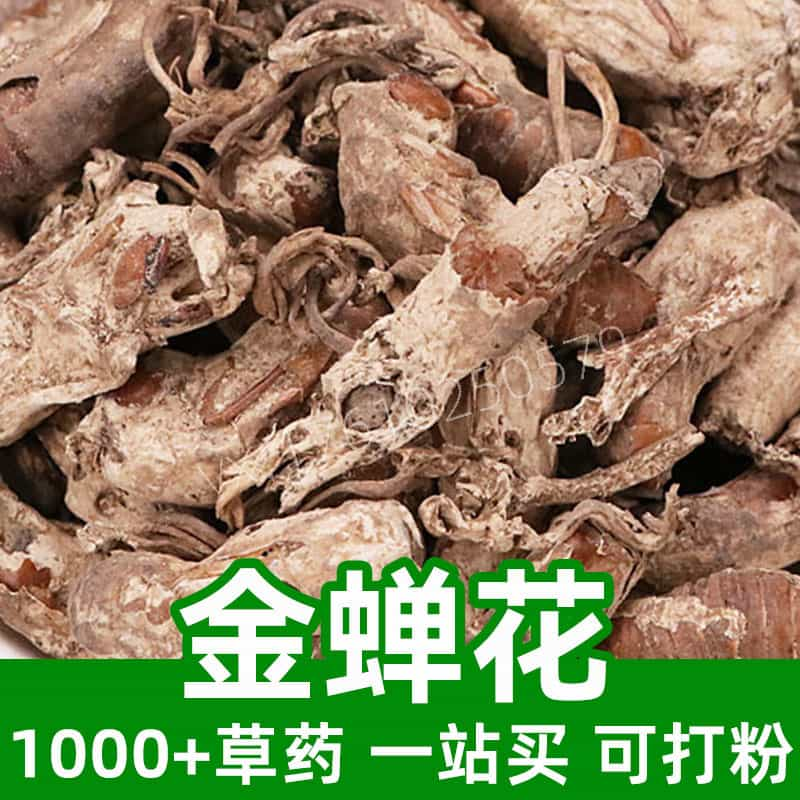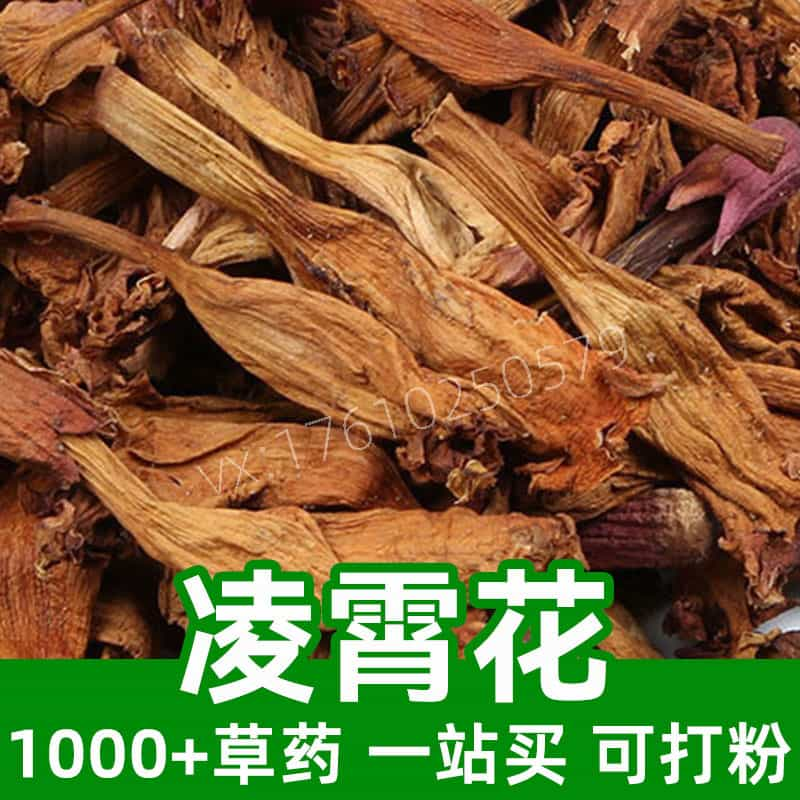Introduction to Divaricate Saposhnikovia
Divaricate Saposhnikovia is a common medicinal herb in TCM, containing key components like volatile oils, flavonoids, and sulfur-containing glycosides, which give it properties for dispelling wind, relieving exterior symptoms, and relaxing muscles. Divaricate Saposhnikovia has thin, hoof-shaped rhizomes with a brown or dark brown surface, valued for its unique medicinal qualities.
Divaricate Saposhnikovia is grown throughout China, especially in the Northeast, North, and Northwest regions, with a long history and widespread use in TCM. It is commonly used for conditions such as rheumatic arthritis, colds, and headaches, helping to expel wind, relieve exterior symptoms, remove dampness, and alleviate pain related to rheumatic and cold-induced conditions.
As a traditional TCM herb, Divaricate Saposhnikovia, under the guidance of TCM theory, undergoes unique processing and formulation to balance yin and yang, promote blood circulation, and support health. When used appropriately, it is trusted by consumers for its medicinal effects.
Main Active Components of Divaricate Saposhnikovia
Divaricate Saposhnikovia (scientific name: Saposhnikoviae Radix) is a traditional medicinal herb with multiple active components, including volatile oils, flavonoids, and sulfur-containing glycosides. These compounds contribute to various health benefits.
- Volatile Oils: One of the primary active components of Divaricate Saposhnikovia, containing volatile compounds such as phenols, aldehydes, and ketones. Volatile oils possess anti-inflammatory, analgesic, and antimicrobial properties, helpful for relieving inflammation and pain.
- Flavonoids: Another key compound in Divaricate Saposhnikovia, providing antioxidant, anti-inflammatory, and antimicrobial benefits. Flavonoids regulate cardiovascular and immune systems and show anti-tumor activity.
- Sulfur-Containing Glycosides: This important compound has anti-inflammatory, antioxidant, and antimicrobial effects. In TCM, sulfur-containing glycosides are often used to improve circulation and support immune function.
These active components make Divaricate Saposhnikovia valuable in TCM, frequently used to treat conditions like rheumatic arthritis, colds, and headaches. When processed and formulated according to TCM principles, it achieves optimal therapeutic effects.
Using Divaricate Saposhnikovia responsibly and under TCM guidelines prevents misuse or adverse reactions. When choosing Divaricate Saposhnikovia products, opt for reputable sources and follow medical advice for safe and effective use.
Applications, Uses, and Dosage of Divaricate Saposhnikovia
Divaricate Saposhnikovia is widely used in TCM and the food industry, with various applications in each sector. Below are its primary applications, uses, and dosage recommendations.
Applications in TCM:
- Rheumatic Pain: For conditions such as rheumatic and rheumatoid arthritis, which cause joint pain, swelling, and limited mobility, Divaricate Saposhnikovia disperses wind, removes dampness, promotes circulation, and alleviates pain.
- Cold and Fever: Divaricate Saposhnikovia dispels cold, relieves exterior symptoms, and detoxifies heat, suitable for treating colds with symptoms like headache, nasal congestion, and sore throat.
- Headaches and Dizziness: It relaxes muscles, opens channels, and alleviates pain, relieving headaches, migraines, and dizziness.
- Skin Conditions (Rash and Herpes): Divaricate Saposhnikovia has detoxifying, anti-swelling properties, suitable for treating skin conditions like rashes and herpes.
Applications in Food Industry:
- Health Teas: Divaricate Saposhnikovia is used in health teas, made into tea bags or powders for detoxification and mental alertness.
- Health Food Additive: Divaricate Saposhnikovia extract serves as a health food additive in products that boost immunity and promote health, such as oral liquids and capsules.
- Flavoring: Divaricate Saposhnikovia extract is also used in seasonings to enhance flavor while offering health benefits.
Dosage:
- In TCM: Divaricate Saposhnikovia is commonly used in decoctions, granules, or pills. The general adult dose is 10-15 grams, adjustable according to the specific condition and doctor’s advice.
- In Food Products: Dosage depends on the formulation and production requirements, with an appropriate amount added to maintain flavor.
Use Divaricate Saposhnikovia according to TCM and food safety regulations. Purchase products from reputable sources, follow dosing guidelines, and stop use if adverse reactions occur.
Divaricate Saposhnikovia Plant Description, Distribution, and Growth Environment
Divaricate Saposhnikovia, scientific name Saposhnikovia divaricata (Turcz.) Schischk., is a perennial herb from the Apiaceae family. Below is information on the plant, its distribution, and growth environment.
Plant Source:
Divaricate Saposhnikovia is a hardy perennial herb found in arid grasslands, mountainous meadows, and desert steppes. Its rhizome is tough, slightly hoof-shaped, brown to dark brown, sometimes branched. Divaricate Saposhnikovia grows 30-90 cm high, with pinnate leaves and small, triangular-lanceolate leaflets, flowering in summer.
Distribution:
Native to China, Divaricate Saposhnikovia mainly grows in the Northwest, North, and Northeast regions, including Inner Mongolia. It is also found in Russia, Mongolia, and Korea, thriving on hillsides, valleys, riverbanks, grasslands, and semi-desert regions.
Growth Environment:
Divaricate Saposhnikovia typically grows at altitudes of 1,000-3,000 meters in mountainous and hilly areas. It adapts well to poor soil, requiring good drainage and abundant sunlight, and tolerates sandy, loamy, and calcareous soils. Divaricate Saposhnikovia is drought-resistant and survives cold temperatures, making it an important medicinal resource.
Divaricate Saposhnikovia Harvesting, Processing, and Storage
Harvesting, processing, and storing Divaricate Saposhnikovia are essential for maintaining its medicinal quality and efficacy. Here’s a guide to its harvest, processing, and storage.
Harvesting:
Harvest Divaricate Saposhnikovia before flowering to retain optimal medicinal components. Choose robust plants with complete stems and leaves, free of pests. Harvest the entire plant, including rhizomes, and clean thoroughly.
Processing:
- Cleaning: Wash harvested Divaricate Saposhnikovia to remove dirt and impurities.
- Drying: Place cleaned Divaricate Saposhnikovia in a ventilated, shady area until moisture evaporates, the rhizome hardens, and the outer layer turns dark brown.
- Slicing or Sectioning: Cut dried rhizomes into slices or sections for faster drying and easier storage.
- Sun or Air Drying: Dry the sliced rhizomes in a well-ventilated area, maintaining a suitable temperature until thoroughly dried.
Storage:
- Cool and Dry Place: Store dried Divaricate Saposhnikovia in a cool, dry environment, away from sunlight and humidity to prevent mold.
- Ventilation: Use breathable storage containers to prevent moisture buildup and mold.
- Sealed Storage: Store dried rhizomes in sealed containers to avoid moisture.
- Avoid Light: Keep Divaricate Saposhnikovia containers away from direct sunlight to protect active components.
- Regular Checks: Inspect stored Divaricate Saposhnikovia periodically, removing any with mold or deterioration.
Proper harvesting, processing, and storage protect Divaricate Saposhnikovia’s medicinal properties, extend its shelf life, and ensure optimal therapeutic benefits in future applications.
Monica Sun is a seasoned expert in the natural raw materials industry, with over a decade of experience specializing in traditional Chinese medicinal herbs, spices, and fungi. She is skilled in the sourcing, processing, and application of these materials, emphasizing sustainability and innovation. Monica Sun has contributed to the development of high-quality natural raw materials that serve as essential components in functional foods, pharmaceuticals, and cosmetics, delivering tailored solutions to meet diverse market needs.













